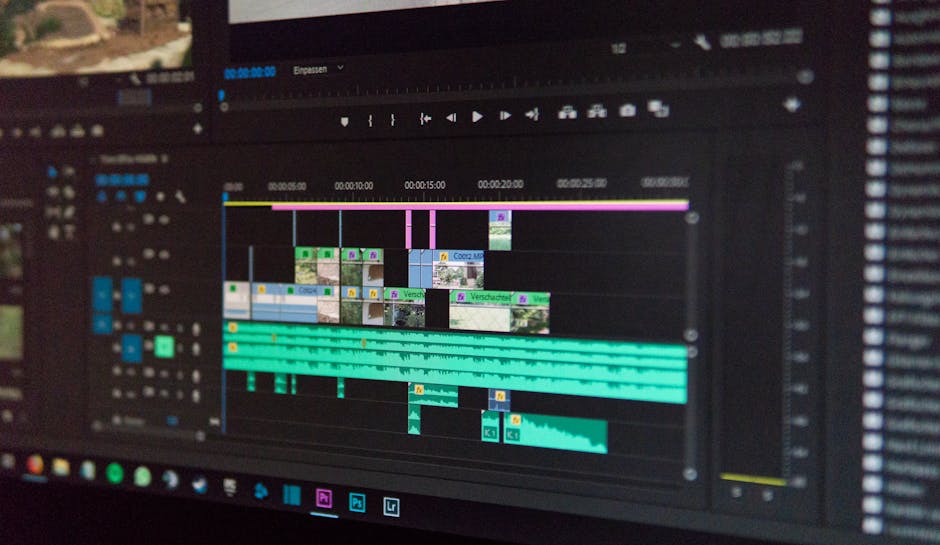In the age of artificial intelligence, where algorithms can predict weather patterns, diagnose diseases, and even compose symphonies, one might assume that AI has mastered the basics of human life. But here’s a reality check: AI can’t even turn on the lights.
Yes, you read that right. Despite the hype surrounding AI’s potential to revolutionize industries, automate tasks, and make our lives easier, the technology still struggles with some of the simplest, most fundamental tasks. Let’s dive into why this is the case and what it tells us about the current state of AI.
The Promise vs. The Reality
AI has been touted as the ultimate problem-solver, capable of handling complex tasks with precision and efficiency. From self-driving cars to virtual assistants like Alexa and Siri, the applications of AI seem endless. However, when it comes to something as basic as turning on a light switch, AI falls short.
Why? Because turning on a light isn’t just about flipping a switch. It involves understanding context, interpreting human intent, and interacting with physical objects—areas where AI still lags. For instance, a smart home system might allow you to control your lights via an app or voice command, but this is not true AI. It’s a pre-programmed response to a specific input. True AI would require the system to understand why you want the lights on, whether it’s appropriate to do so, and how to execute the action seamlessly.
The Complexity of Simplicity
Ironically, the simpler the task, the harder it is for AI to perform it. Turning on a light involves a combination of sensory perception, decision-making, and physical manipulation—skills that humans take for granted. For AI, these actions require advanced robotics, natural language processing, and contextual awareness, all of which are still in their infancy.
Consider the following scenario: You walk into a dark room and say, “Turn on the lights.” A human would immediately understand the context, locate the switch, and flip it. An AI, on the other hand, would need to process the command, determine the location of the lights, and execute the action—assuming it even has the physical capability to do so. Even then, it might get confused if the room has multiple light sources or if the switch is hidden behind furniture.
The Human Factor
Another reason AI struggles with such tasks is the lack of common sense. Humans rely on years of experience and intuition to navigate the world, but AI lacks this innate understanding. It operates based on data and algorithms, which means it can only perform tasks it has been explicitly trained to do. Without a deep understanding of human behavior and the physical world, AI is prone to errors and misinterpretations.
For example, an AI might turn on the lights in the middle of the day if it misinterprets a command or fails to recognize that natural light is already sufficient. Similarly, it might struggle to differentiate between “turn on the lights” and “turn off the lights” in a noisy environment. These limitations highlight the gap between AI’s capabilities and human expectations.
The Road Ahead
So, what does this mean for the future of AI? It’s a reminder that while AI has made remarkable progress, it’s still far from perfect. The technology excels in specialized tasks but struggles with the kind of generalized intelligence that humans possess. To bridge this gap, researchers are exploring areas like reinforcement learning, computer vision, and natural language understanding, but progress is slow.
In the meantime, it’s important to temper our expectations. AI is a powerful tool, but it’s not a magic wand. It can analyze data, automate processes, and even mimic human behavior, but it can’t replicate the nuanced decision-making and adaptability that come naturally to us.
So, the next time you hear about AI’s latest breakthrough, remember this: it can’t even turn on the lights. And that’s okay. It’s a reminder that, for all its potential, AI still has a long way to go before it can truly match the complexity and versatility of the human mind.
In the grand scheme of things, turning on the lights might seem like a trivial task. But for AI, it’s a humbling reminder of the challenges that lie ahead. Until then, we’ll just have to flip the switch ourselves.




